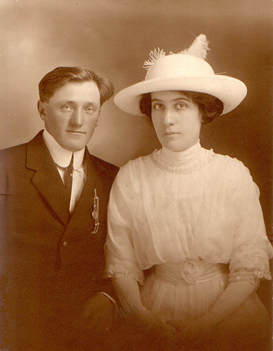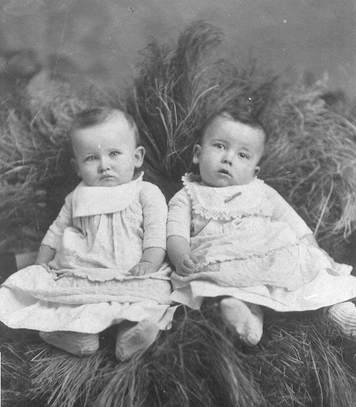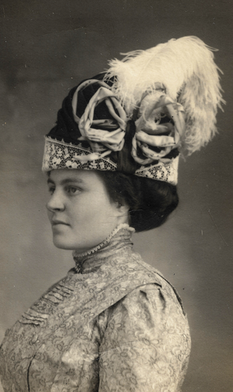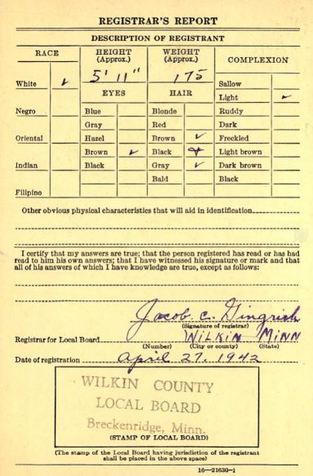|
As we head into December and the anniversary of Pearl Harbor nears, we remember the sacrifices and loss of World War II. What was it like to live during that time? There have been thousands of books written on World War II. How can we personalize that event in our family story? For those of us who research our family, many more resources are available online and on location in libraries and resource centers. Whether your ancestor served in the war or was recorded in the draft, there are records available that help tell you a bit more about them. Let’s look at these records from our story telling perspective. We’ve talked in the past about the many sites available to research such as Ancestry, FamilySearch, Fold3 and others across the world. Today we’re going to look at the Old Man’s Draft in the United States.
The year before Pearl Harbor, the selective service act required registration of all eligible men between the ages of 18 and 64. The group in the Fourth Registration were the “old men”... although I don't consider people from the ages of 45 to 65 as old! Conducted on April 27, 1942, the World War II Old Man’s Draft required registration of men who were born on or after April 28, 1877 and on or before February 16, 1897 and was conducted on April 27, 1942. Registration Card Information Front of Card:
Back of Card:
That’s a lot of information on a small two-sided card. Do you see how this would help your story? “Grandpa’s six-foot two frame eased into the seat of his Model T as he prepared to go to town to register for the ‘old man’s draft’.” According to a notation on the Fold3 site, “This registration was not intended to be used for military service, but to provide a complete inventory of manpower resources that could be used for national service.” To date, I haven’t found any relatives who were selected to serve as part of this "old man's draft". It could be that as farmers, they were needed to grow the crops that fed the country and the troups. Resources:
Hopefully, looking at the Fourth Registration records has given you some ideas on how to incorporate this information into your family story. It's important to recognize the impact of war and other significant world events on our ancestors. “Never in the field of human conflict was so much been owed by so many to so few.” --Winston Churchill Comments are closed.
|
AuthorWith a lifelong passion for genealogy and history, the author enjoys the opportunity to share genealogy tidbits, inspiring others to research and write their family story. Archives
July 2024
Categories |




 RSS Feed
RSS Feed